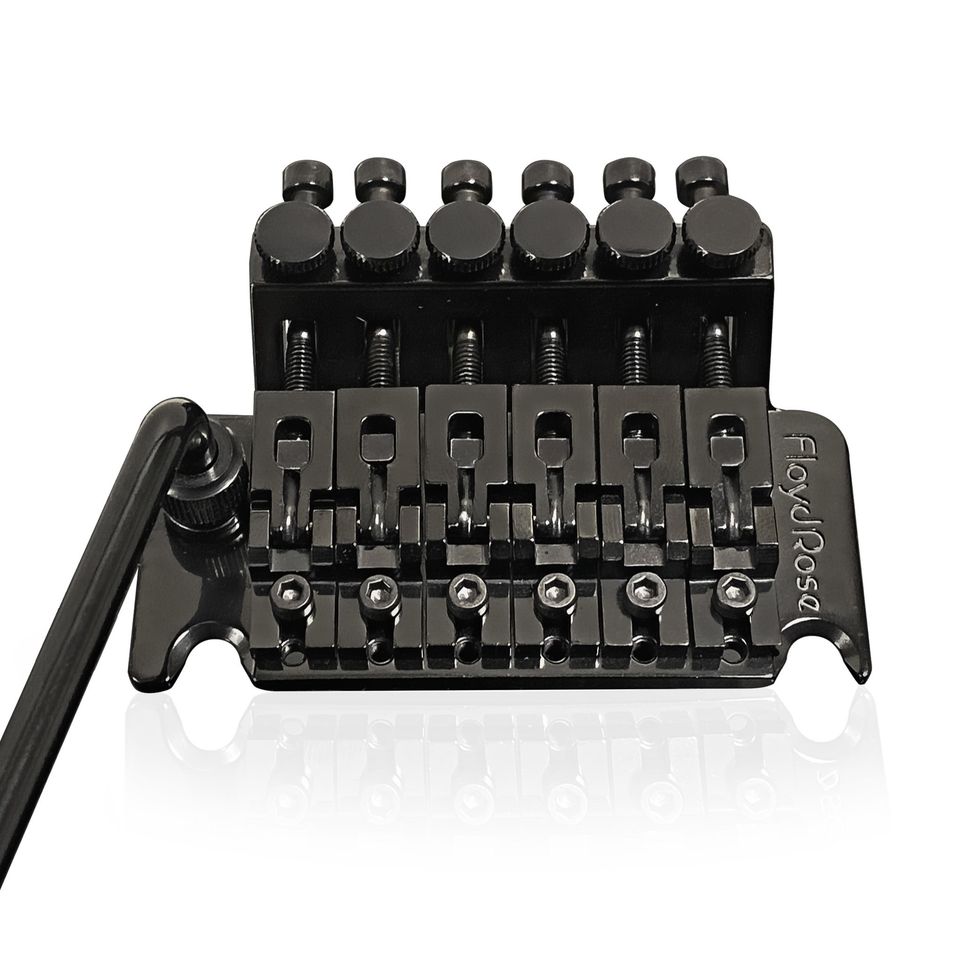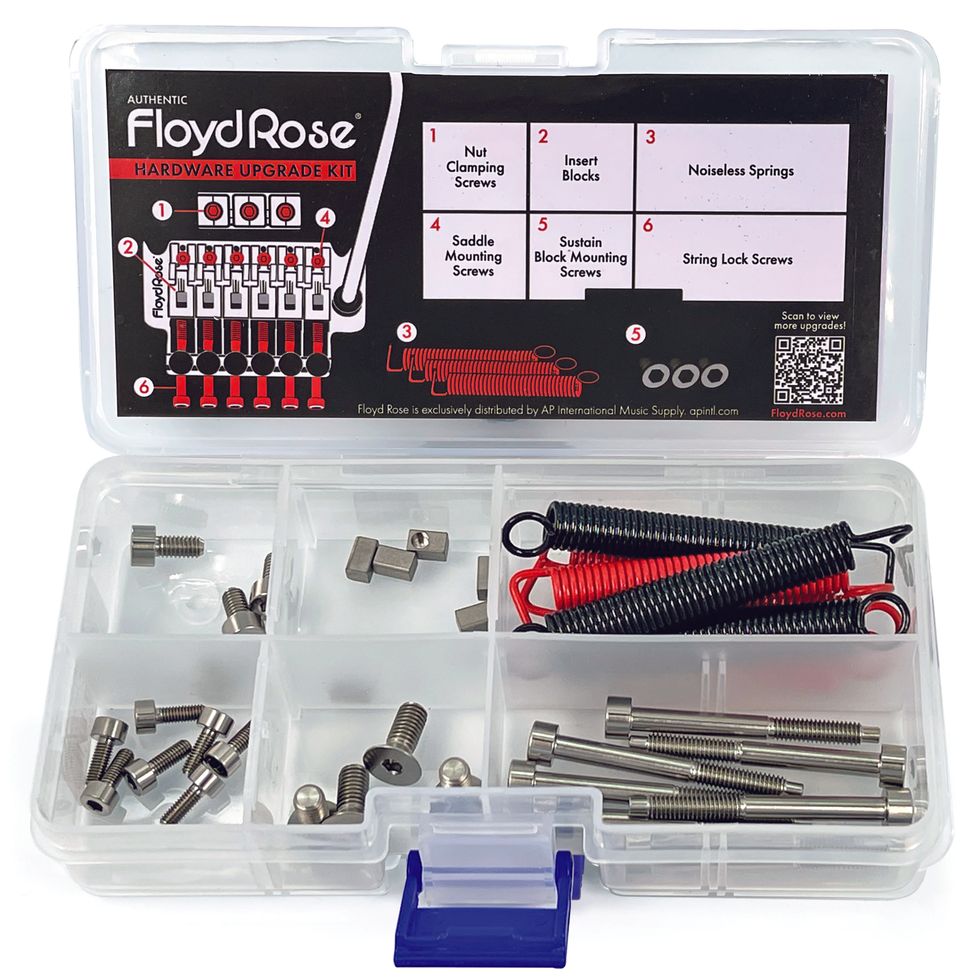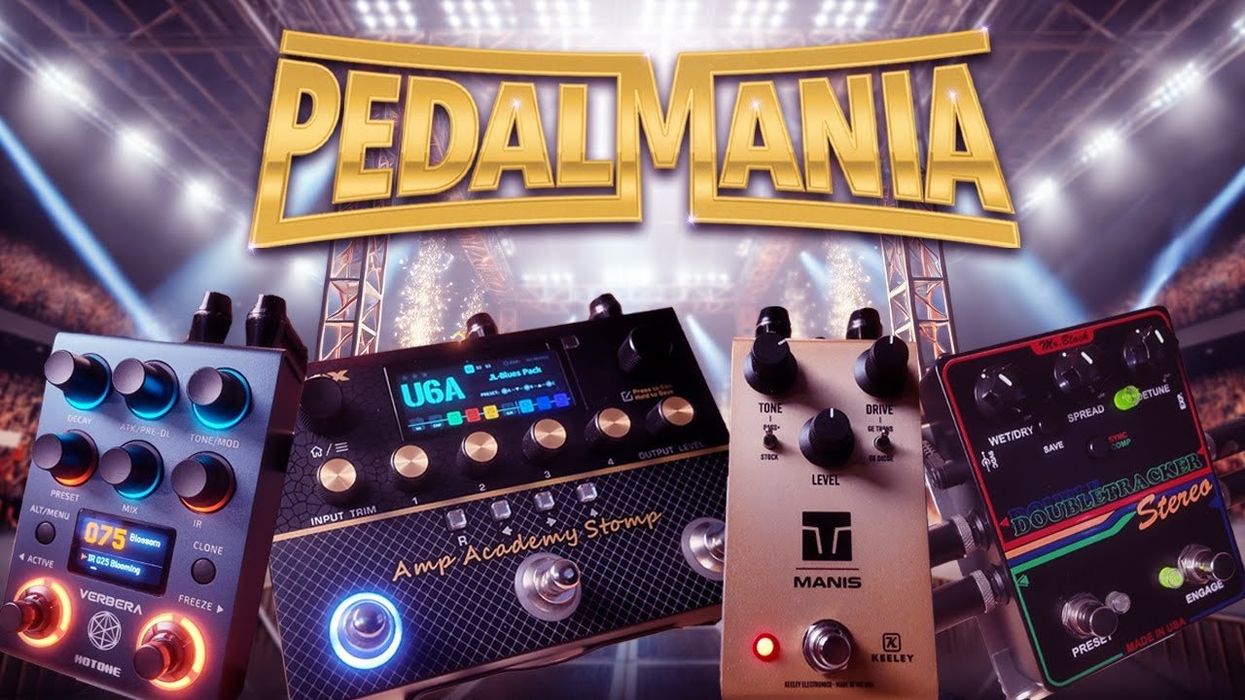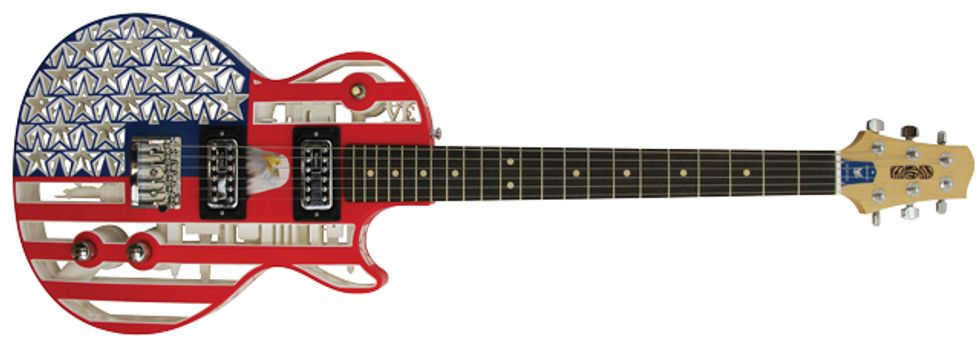

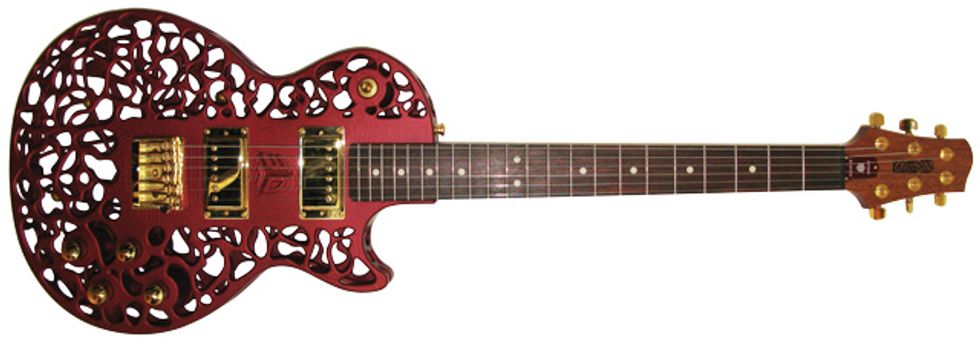


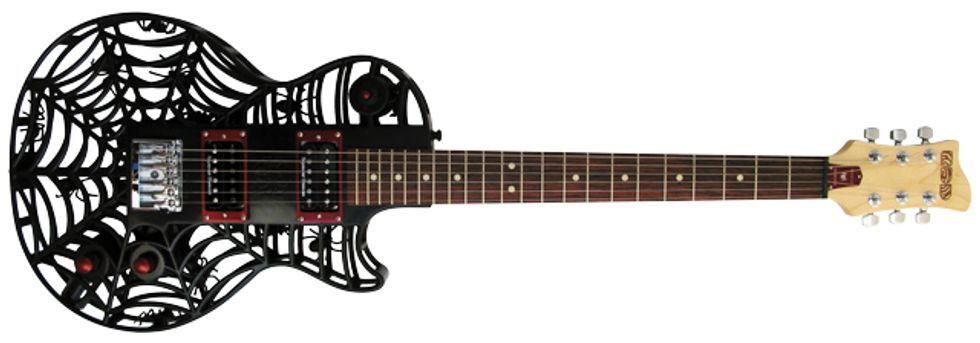
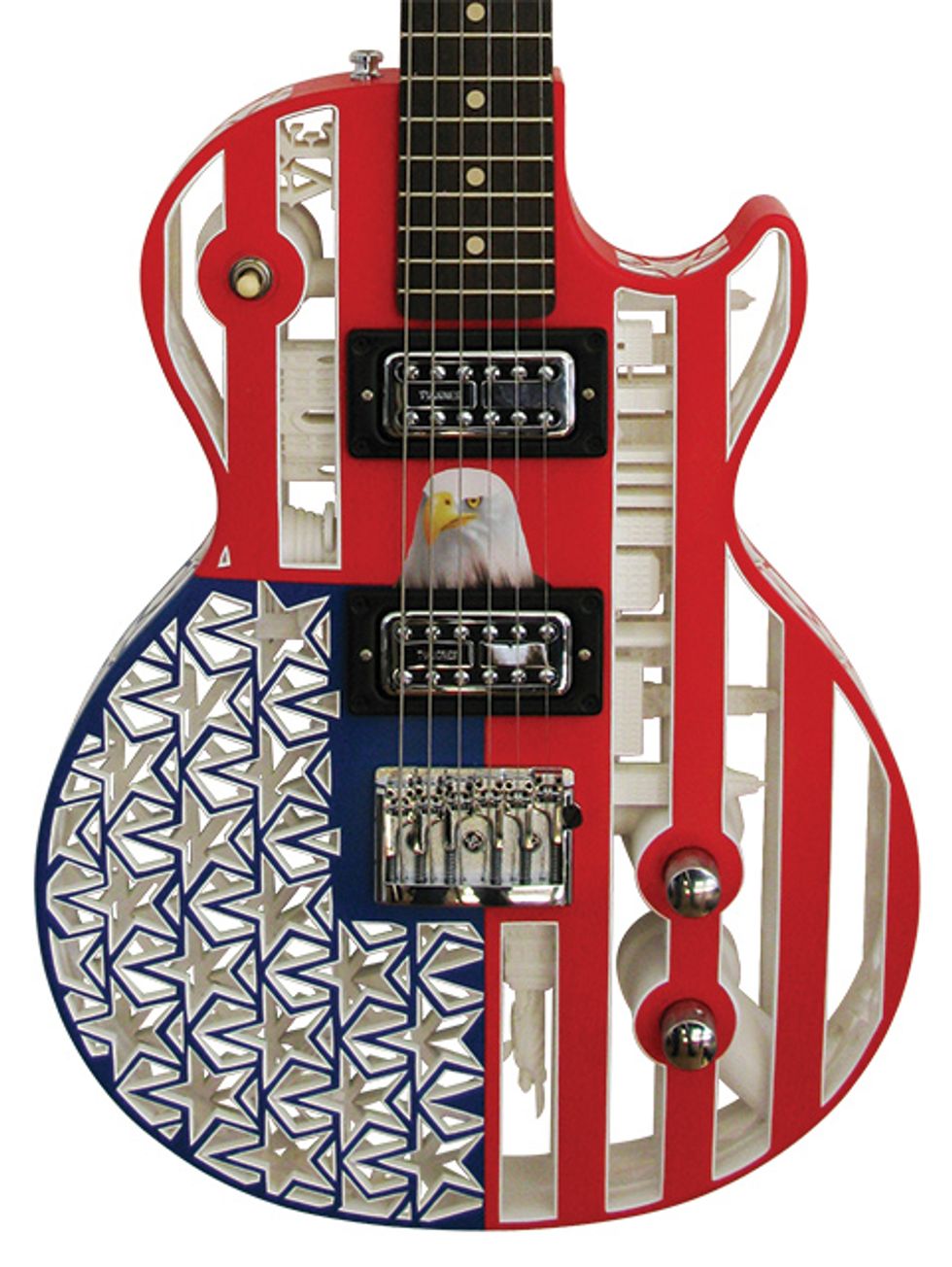
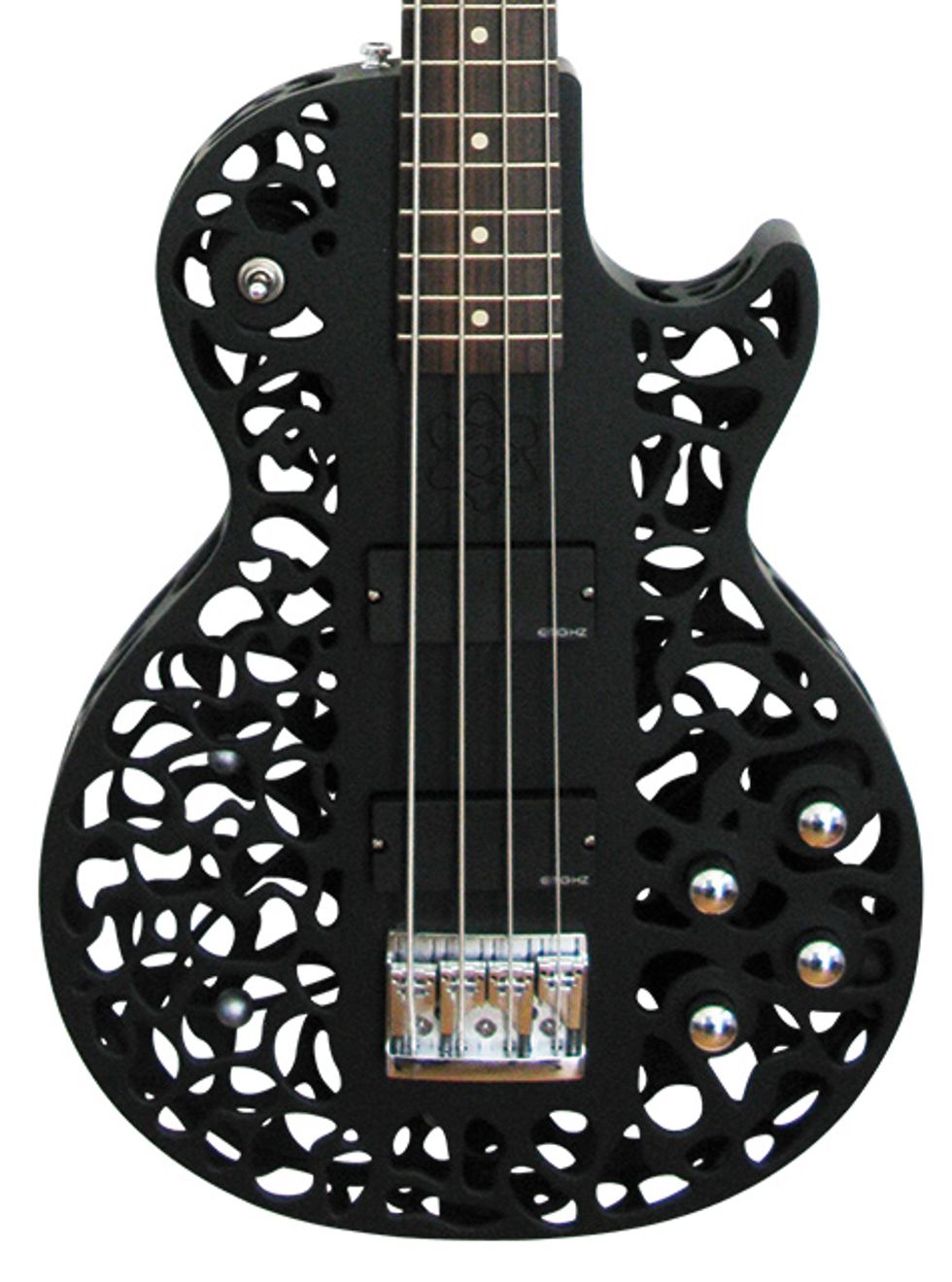
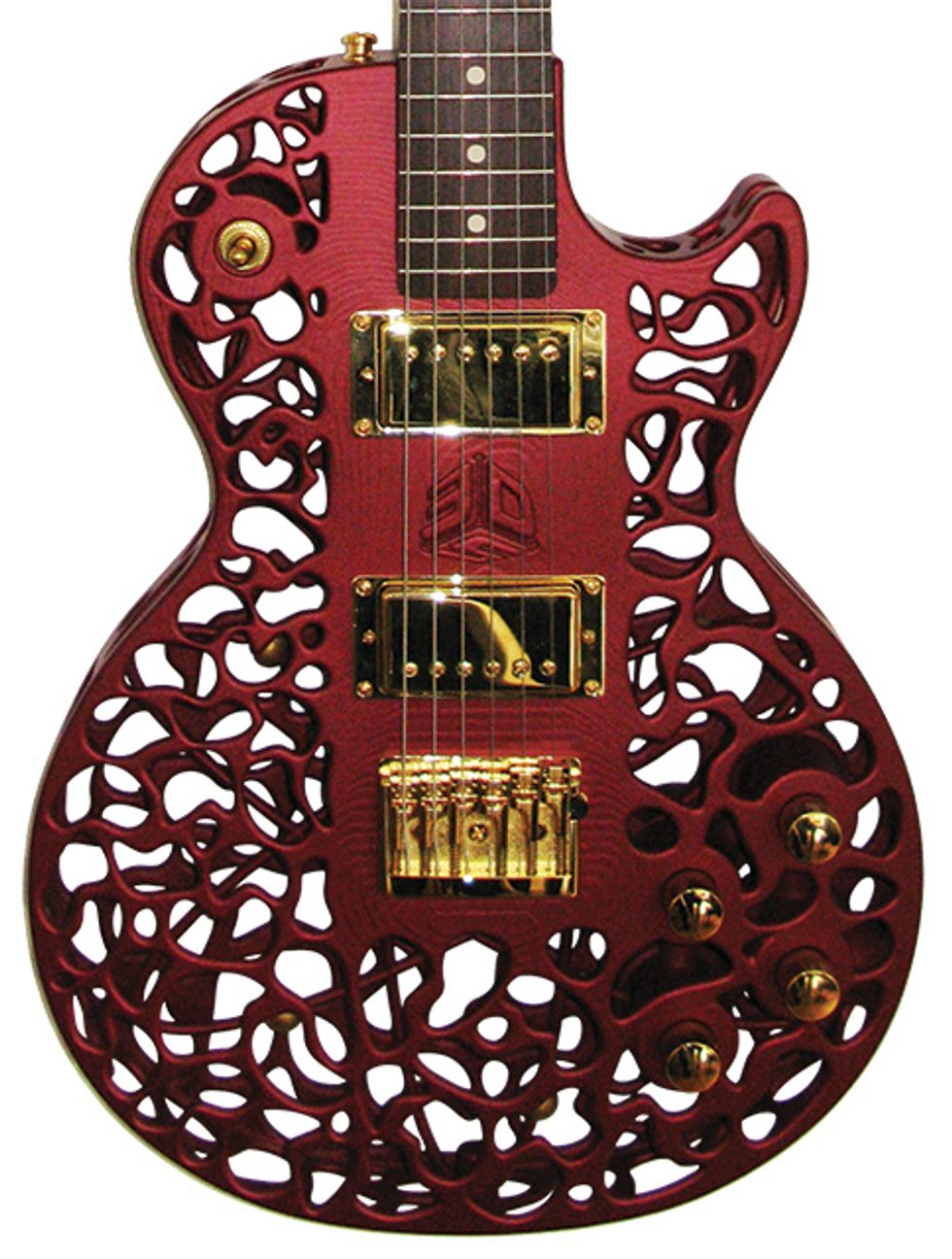
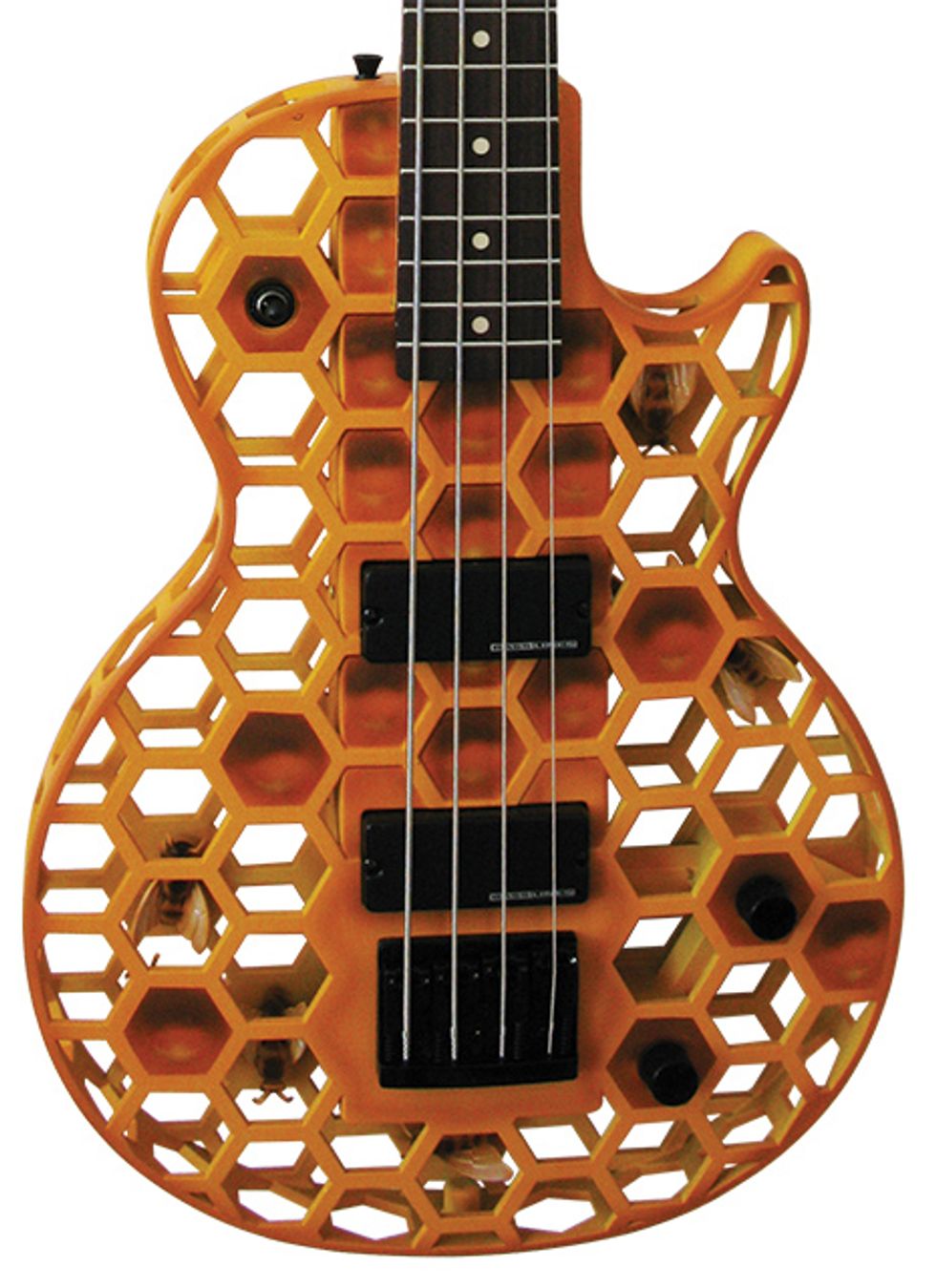
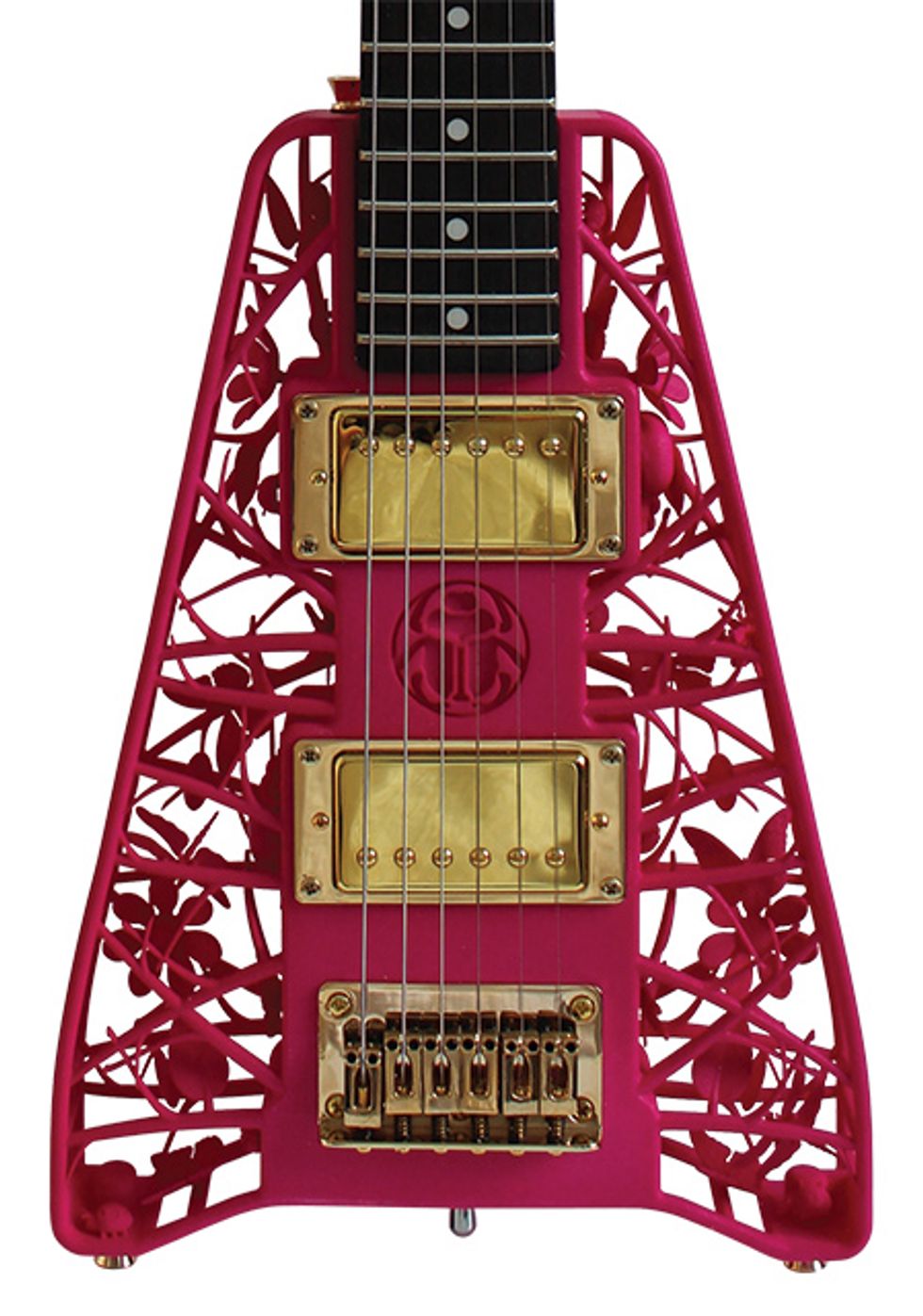
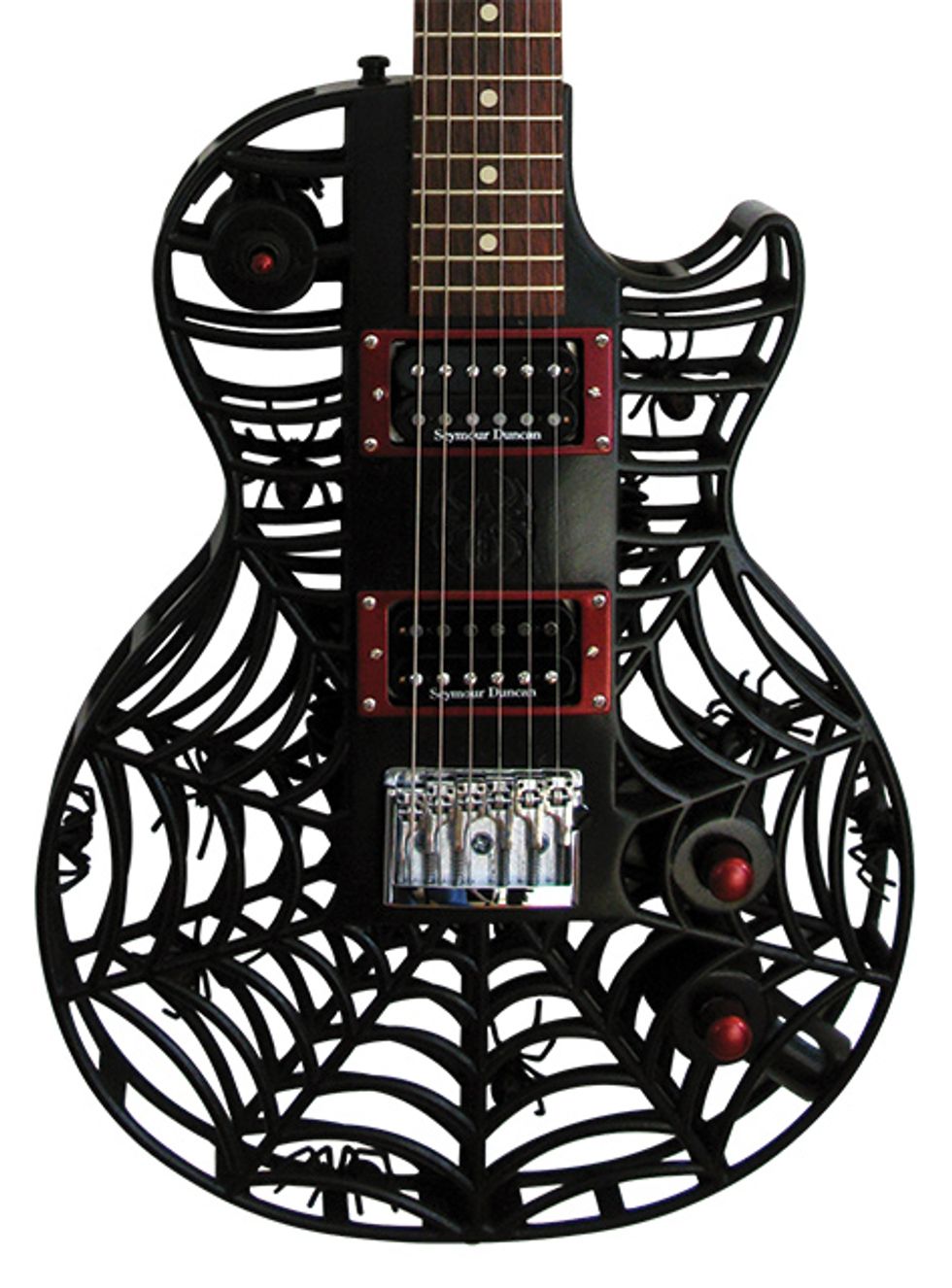
Ever since the world’s very first guitar was strung up, the folks that build everyone’s favorite instrument have continued the never-ending quest to deliver the next greatest thing in guitar design. Though significant changes to the tried-and-true foundation don’t happen as often these days (for good reason), once in a while something incredibly new, unique and actually functional comes along. The “3-D” instruments coming from Professor Olaf Diegel’s ODD Guitars certainly fit this category. With bodies that are printed, rather than carved, they’re truly like nothing you’ve seen or played before.
Diegel is a design engineer by trade and a professor of mechatronics at Massey University in New Zealand. Fittingly enough, 3-D plays an important role in the curriculum he teaches—a combination of mechanical, electronic, and software engineering—which allows for creating quick prototypes for testing in product-development applications. So as both an expert in this printing technology and a long-time musician, it made sense that he’d find a way combine the two.
The new luthier knew next to nothing about building guitars before starting this venture and cites that as his biggest, initial challenge. But after populating a “cemetery of early guitar attempts” through heavy trial and error and self-teaching through online resources, the young company already offers eight different models in its wildly catchy lineup.
As is common today, ODD Guitars has some of their instrument manufacturing done overseas, except ODD goes the other direction. Once Diegel finishes a design with the CAD program Solidworks, he emails the file to 3D Systems in the U.S., who then prints the bodies and ships them back to Diegel in New Zealand. Since 3D Systems is the world’s largest manufacturer of 3-D printers, Diegel says the manufacturing partnership is fantastic as it allows him to focus on the design side. Provided there are no delays with customs, the luthier usually has a body in hand less than a week after sending the design. It’s at this point that Diegel dyes the body, which allows him to get into all the nooks and crannies of the body before spraying with lacquer.
All of Diegel’s guitars have a CNC-machined, wooden-core insert which joins the guitar’s neck to the bridge. Even with the elaborate bodies that are made from Duraform PA (nylon), acoustically the guitars are akin to a standard small-bodied electric guitar. “I had all plastic bodies on my original designs, but when I started blogging about it, many aficionados said it was impossible to get a good sound without a wooden body,” says Diegel. “So rather than fight it, I put in the wooden insert.”
Diegel outfits his guitars with Warmoth necks and leaves the particular wood and other specs up to the customer. He also allows customers to choose electronics, though his personal favorites are TV Jones Classics due to his love of rockabilly music. “For a more traditional sound, I tend to go with Seymour Duncans of one flavor or another,” he says. But when choosing active electronics for an instrument, Diegel likes the pups made by New Zealand manufacturer Langcaster, whom Diegel contends “makes the pickups with the cleanest sound I’ve ever heard.”
Diegel says the most unique thing about ODD is that his guitars have a larger story to tell. “It’s about the power of designing in the digital age, and about advanced technologies that allow each and every product to be made completely tailored to the user,” says Diegel. “From the 3-D printed bodies, to the CNC-machined inner cores and necks, to the laser engraving and cutting for the inlay work—every inch of the guitar is an example of high-tech manufacturing.”
Pricing and Availability
ODD Guitars are available through Cubify, a 3D Systems sales website for a range of 3-D printed products. Cubify puts customers in touch with Diegel, who works very closely with his clients on the specs of each custom instrument. Beyond neck, hardware, and pickup preferences, this also includes aesthetic variations like printing a customer’s name or band name into the back of the guitar. The turnaround time of eight weeks for a fully custom instrument is mostly driven by the custom neck, which normally takes around six weeks. ODD Guitars range from $3,000 for smaller body guitars to $3,500 for Les Paul-style bodies with a single color paint job, and up to $4,000 for the Americana and its airbrushed paintjob. The pricing includes most customizations.
odd.org.nz

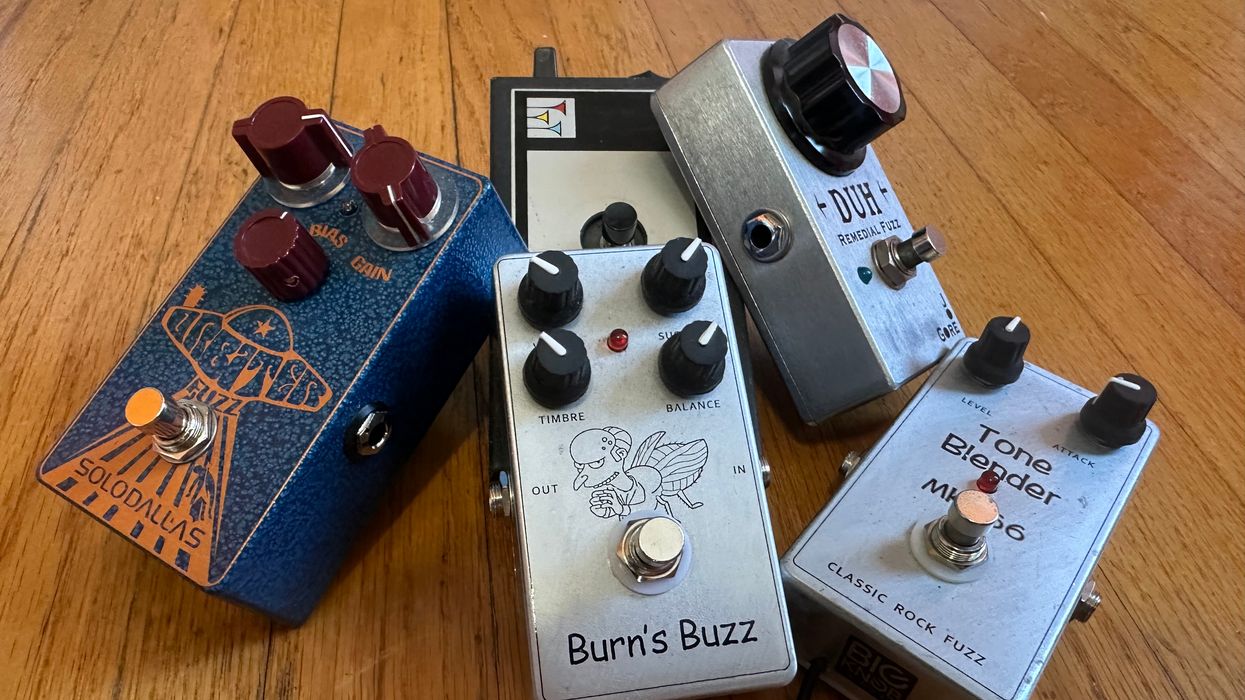

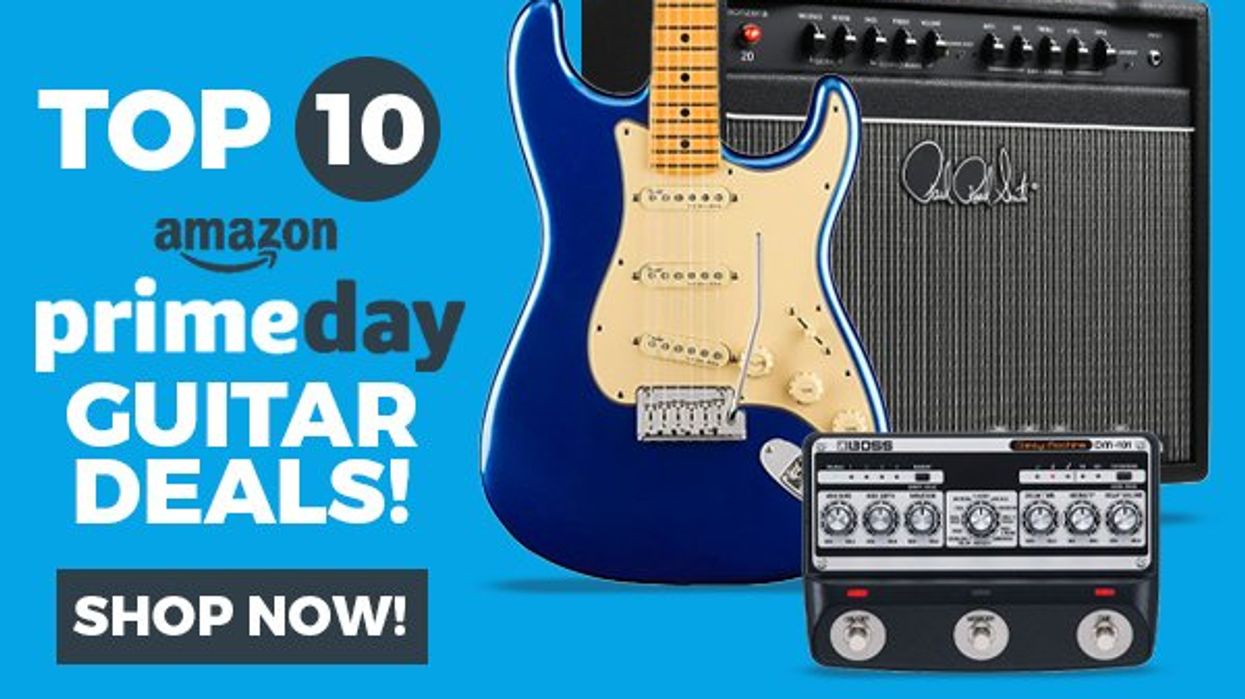

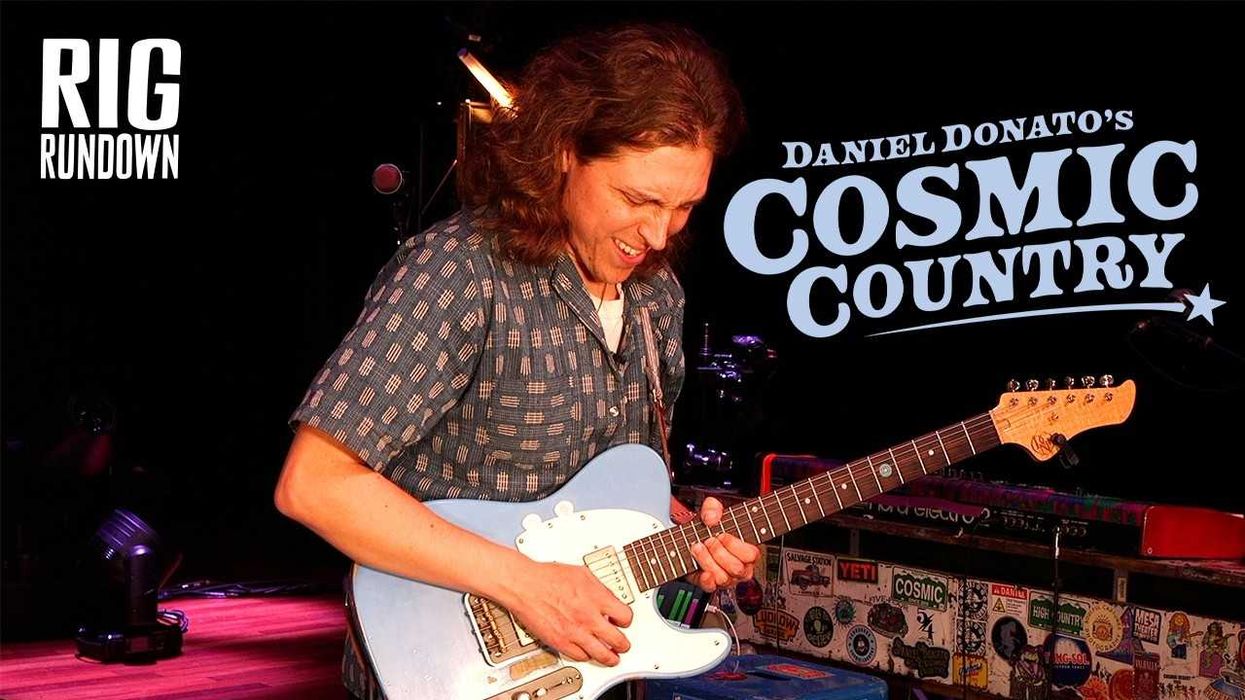
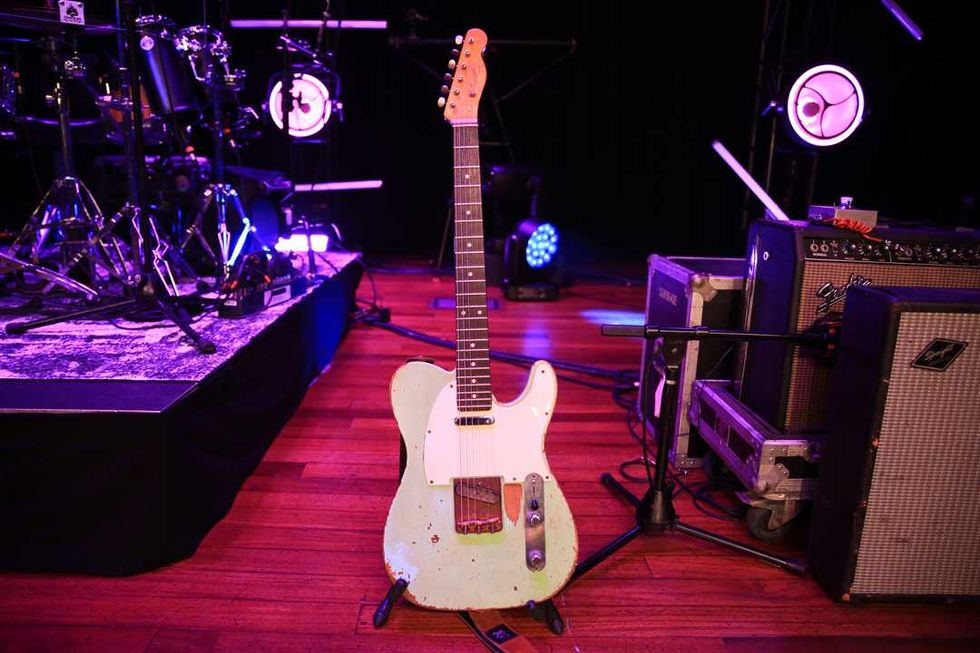
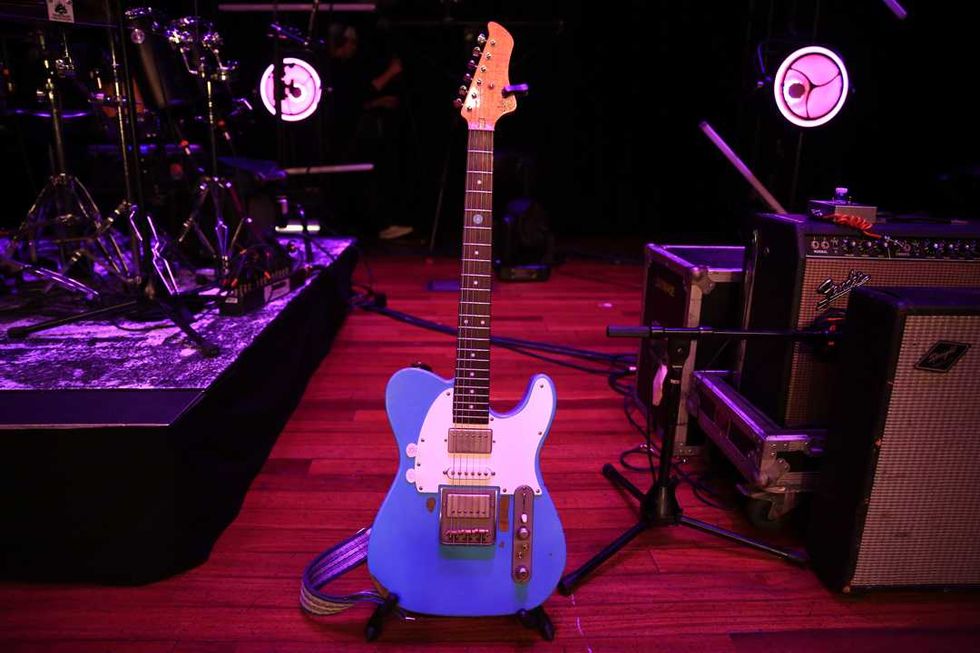
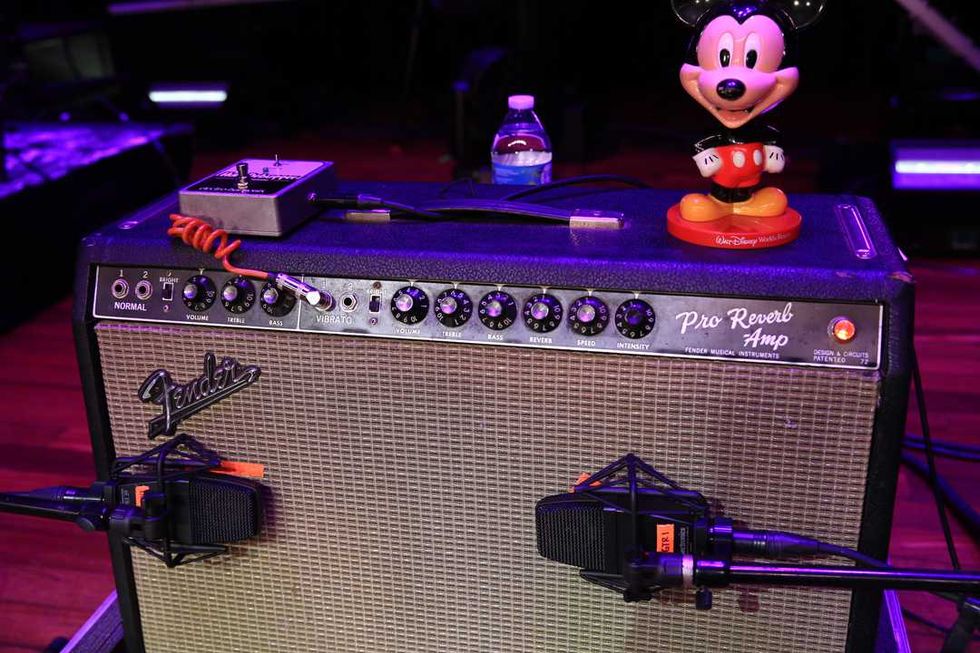
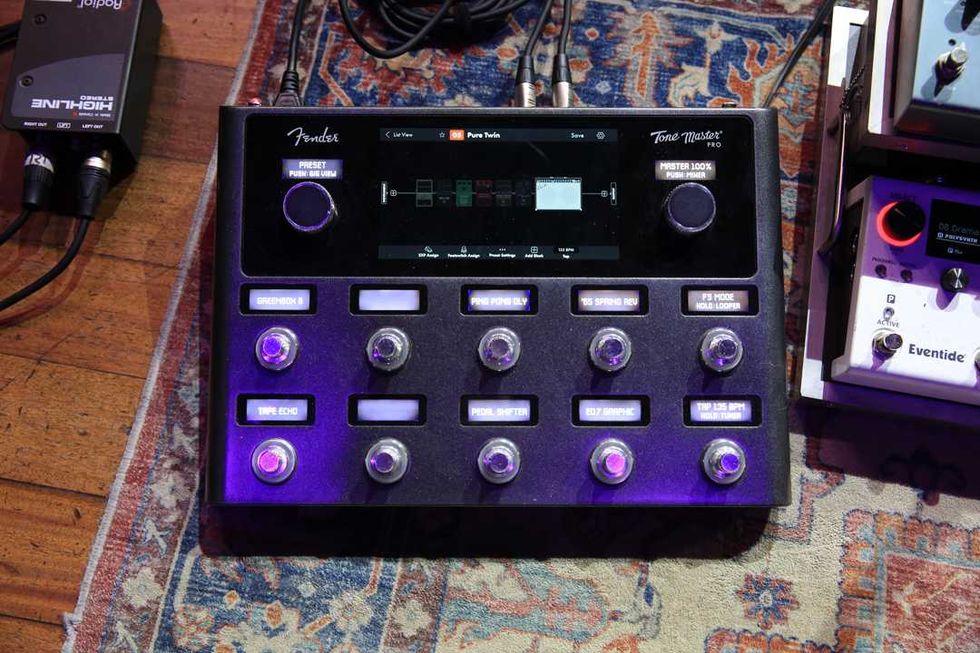
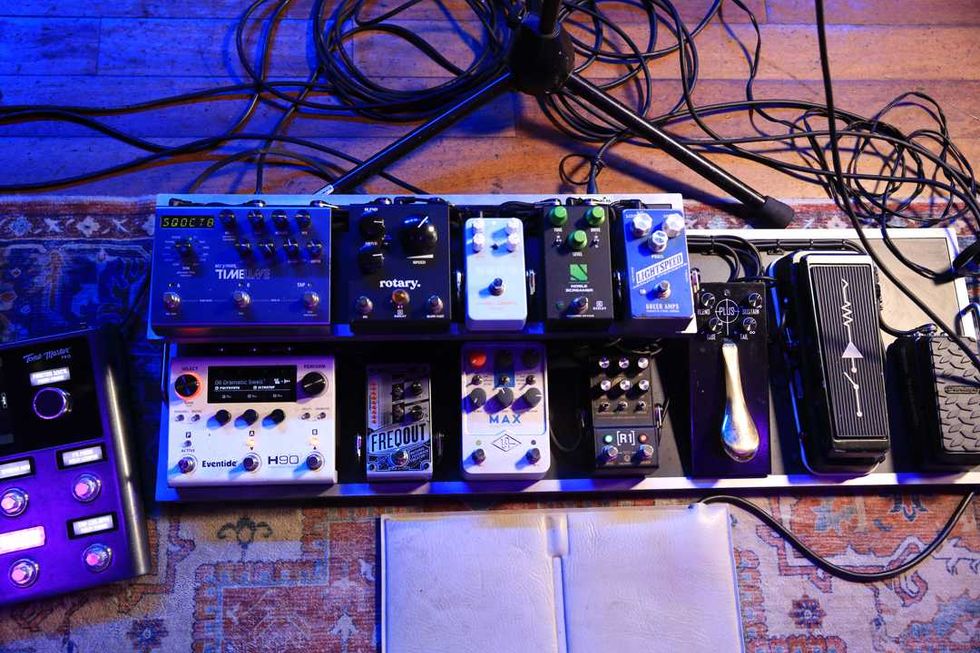

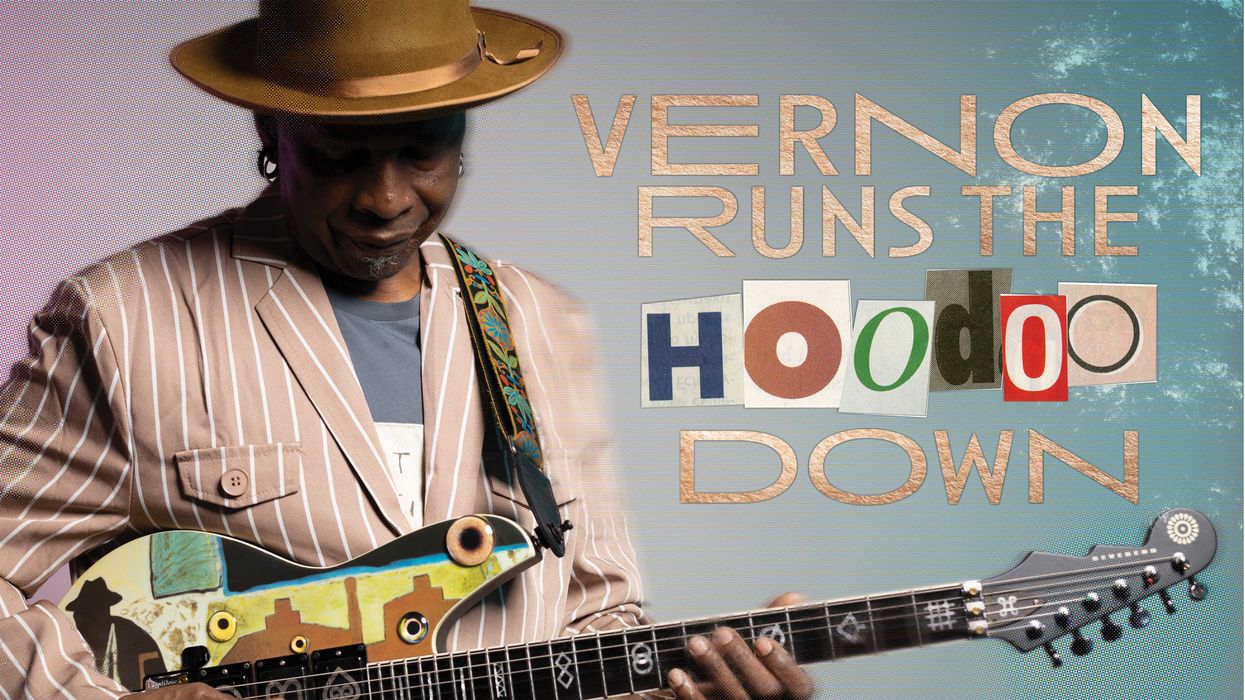
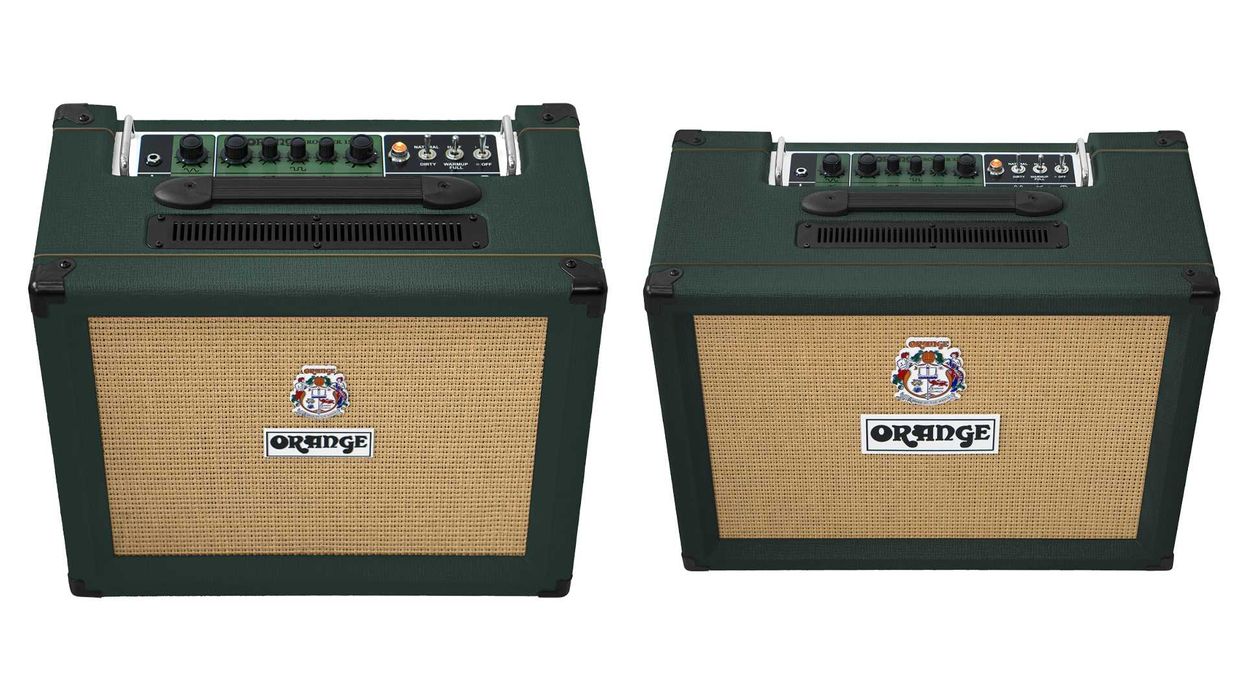
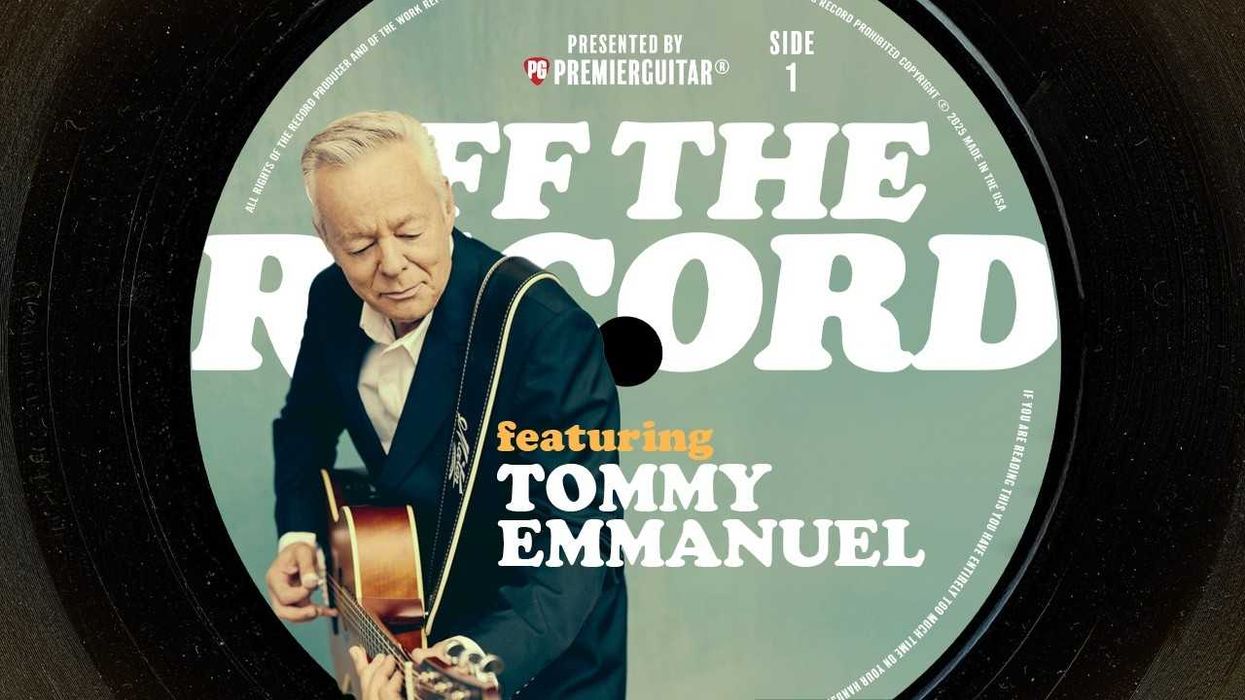
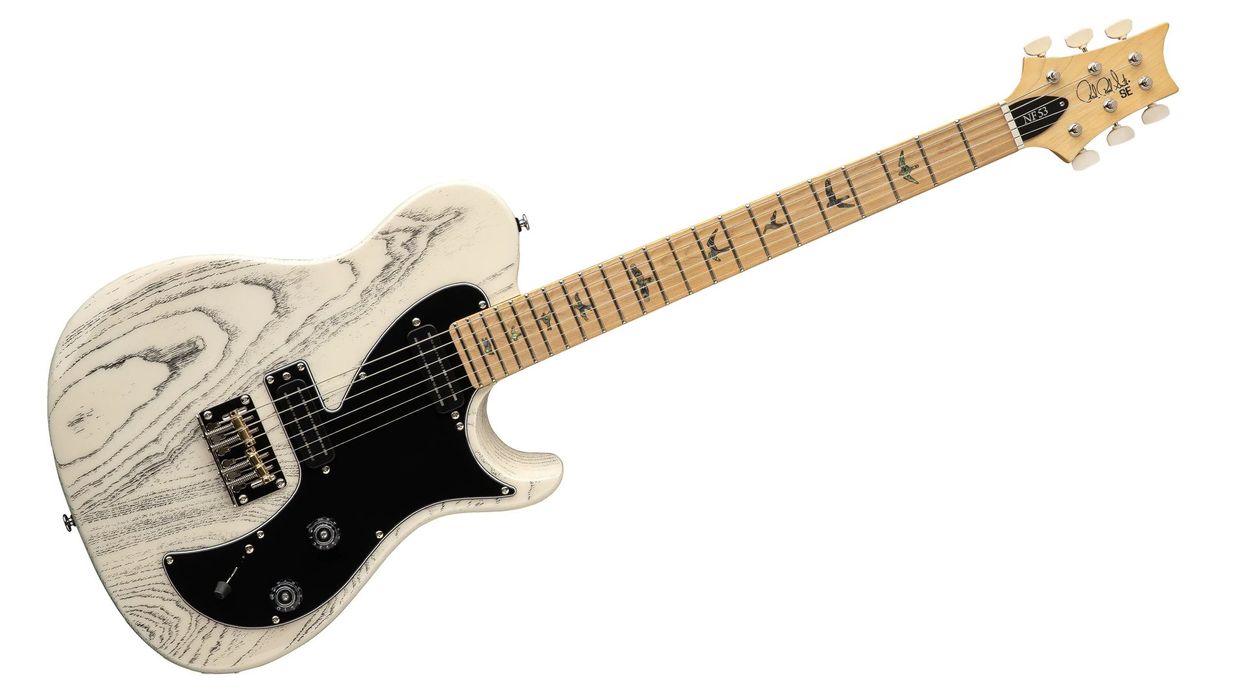
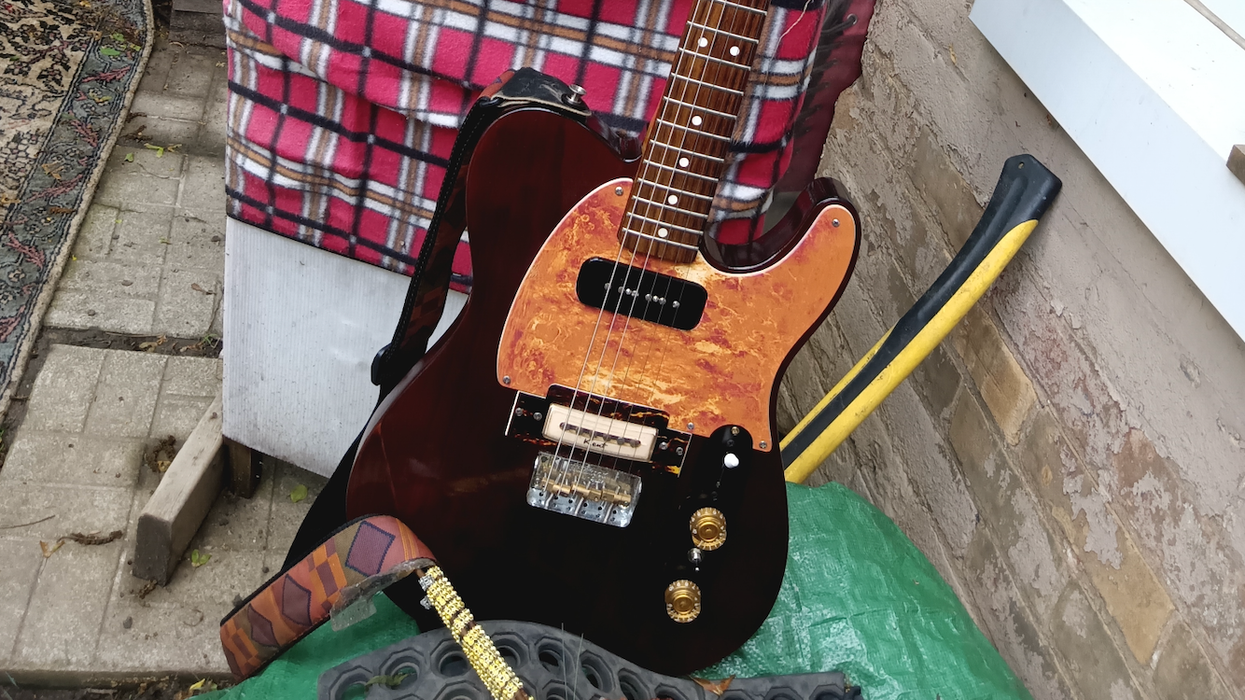

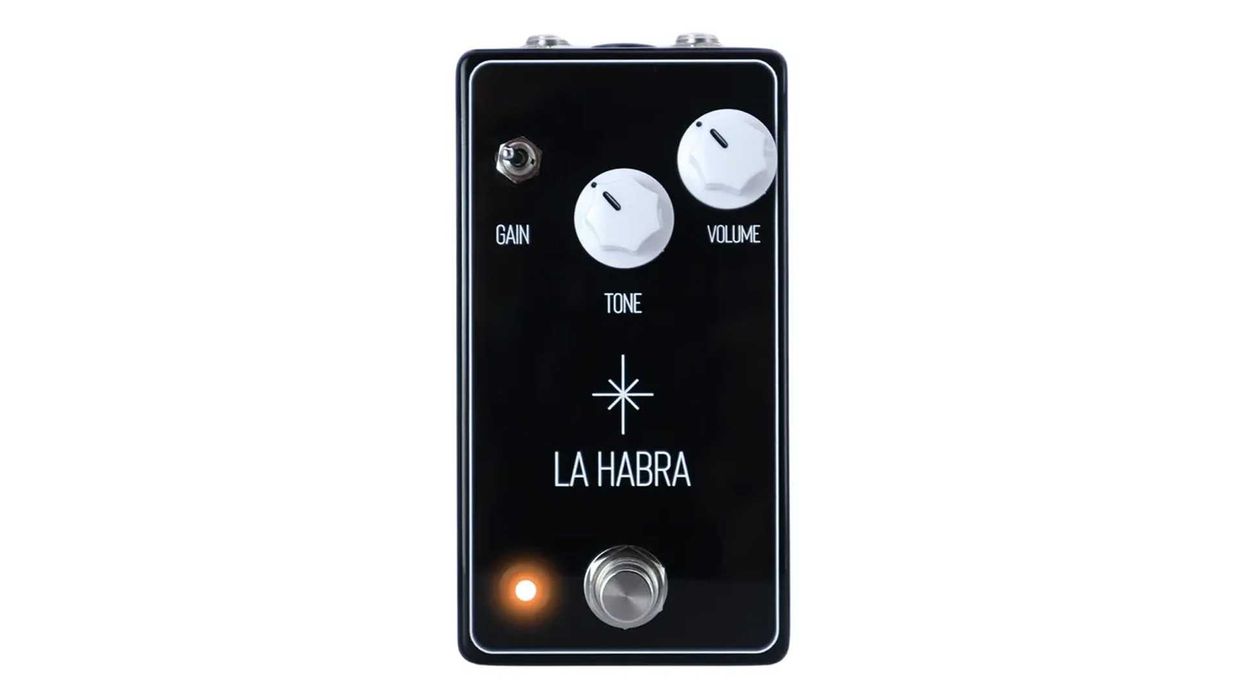
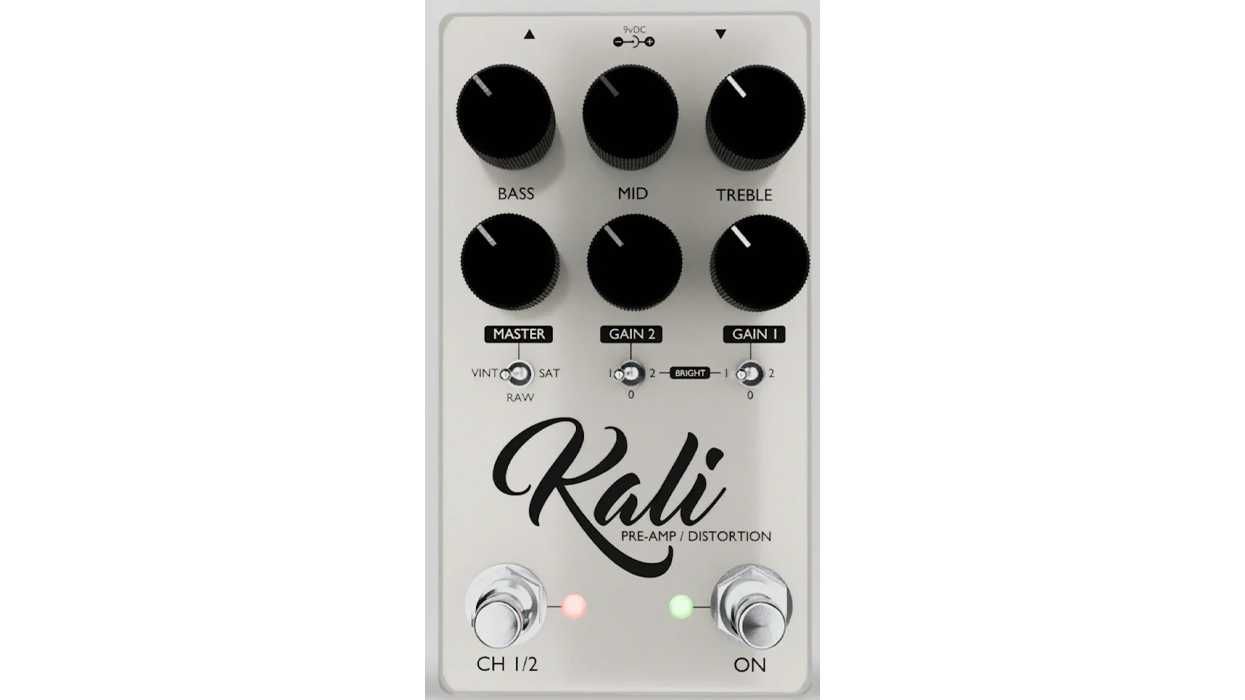
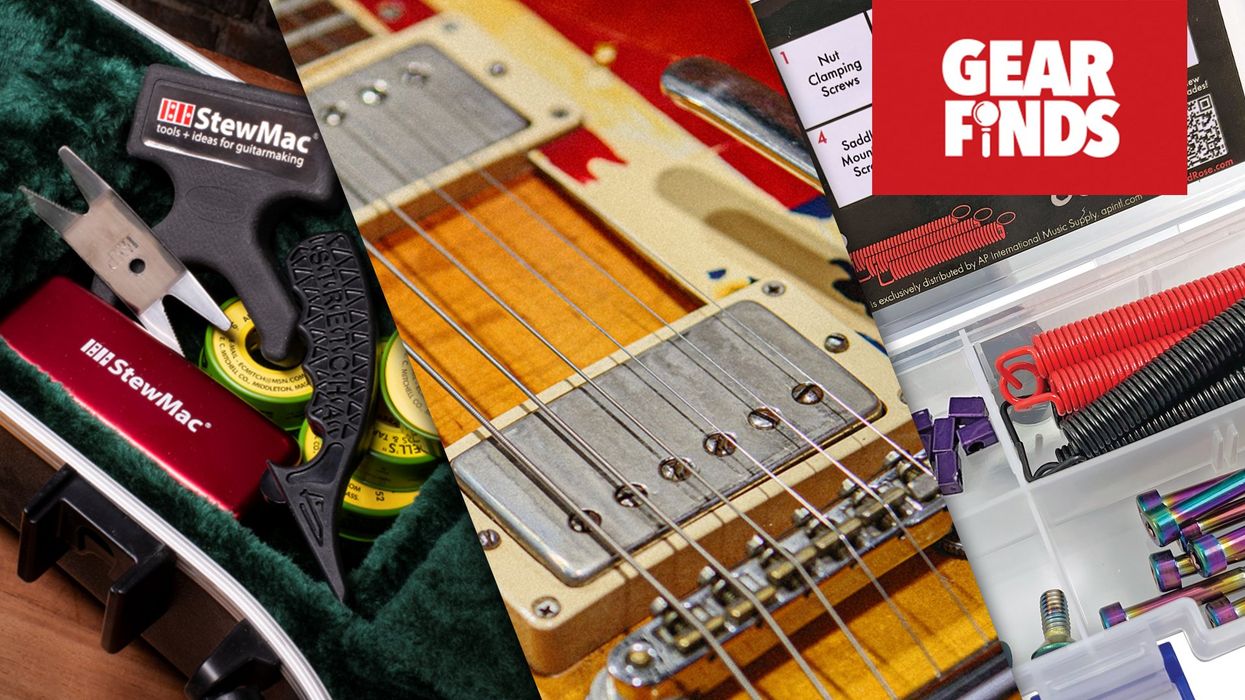
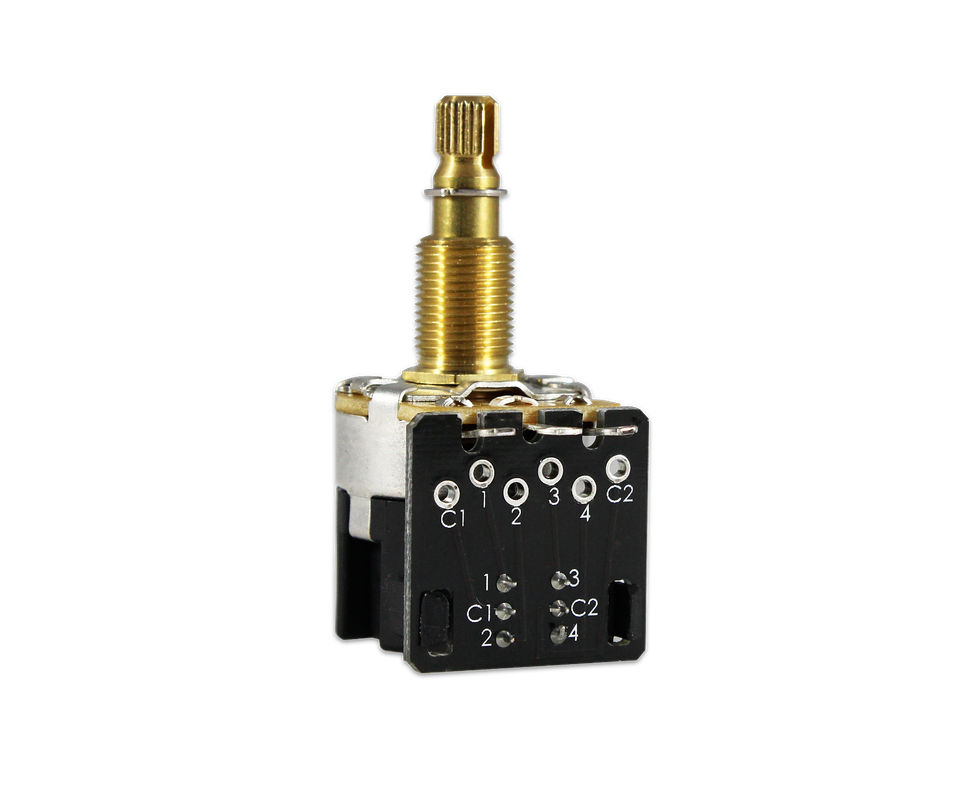
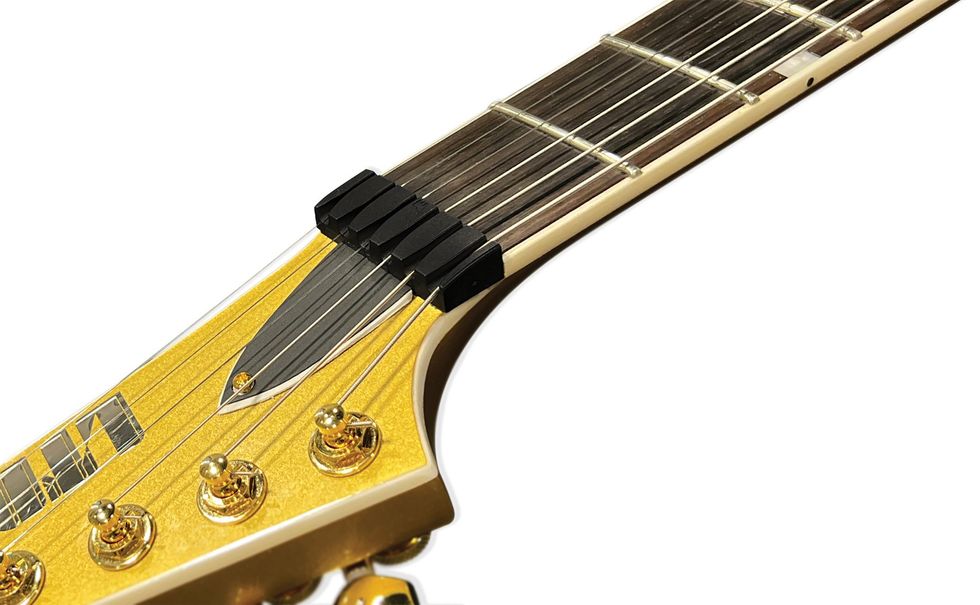
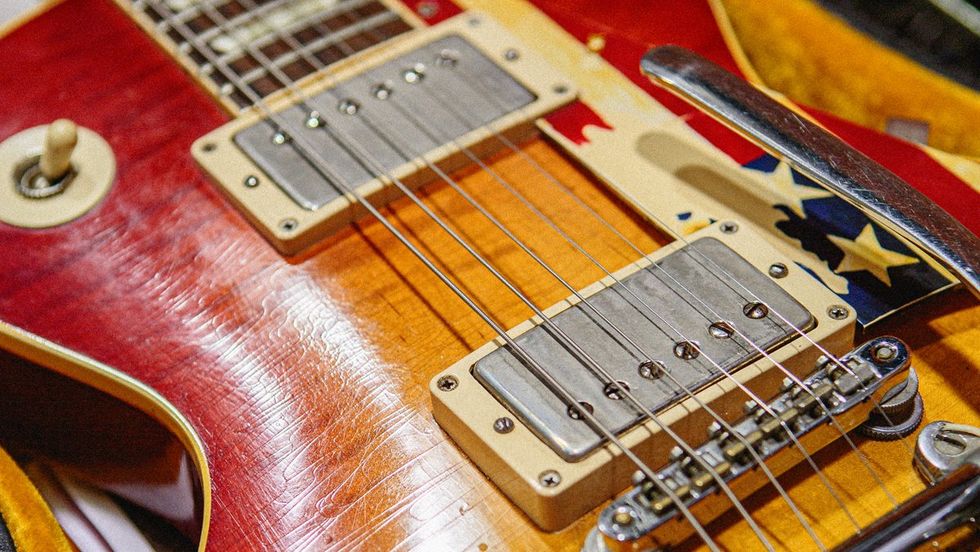
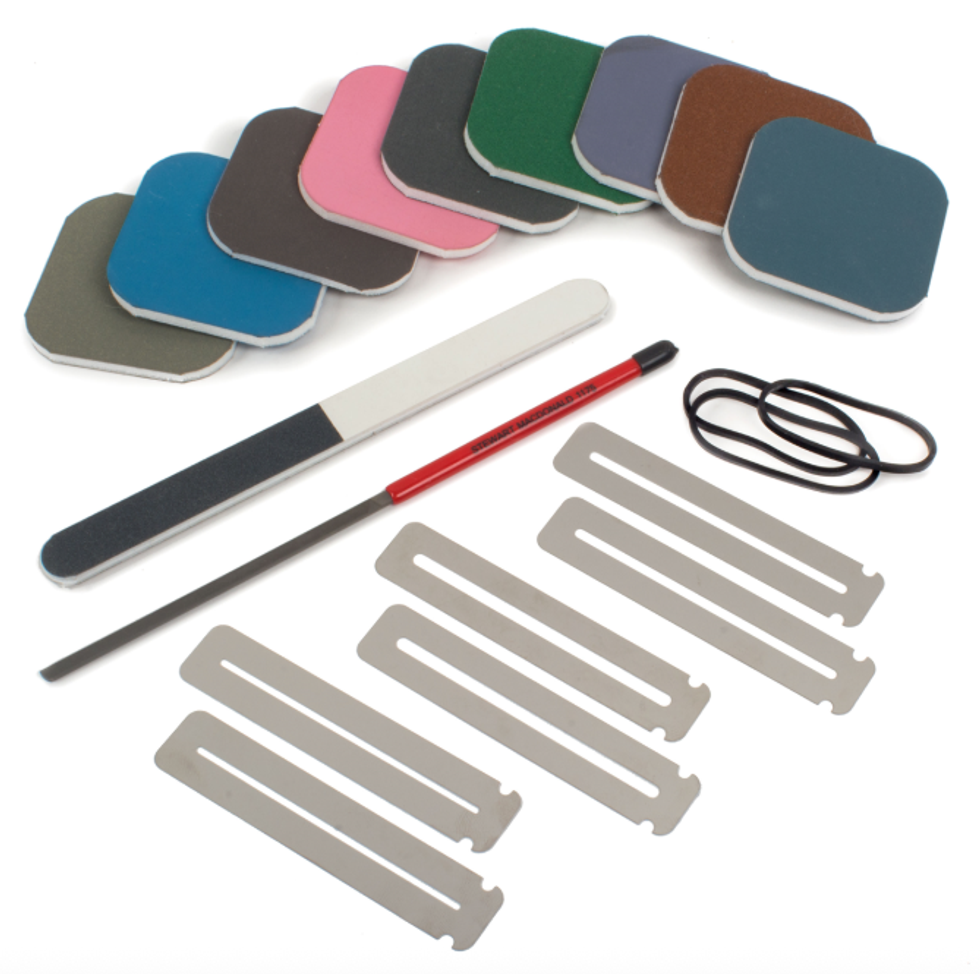
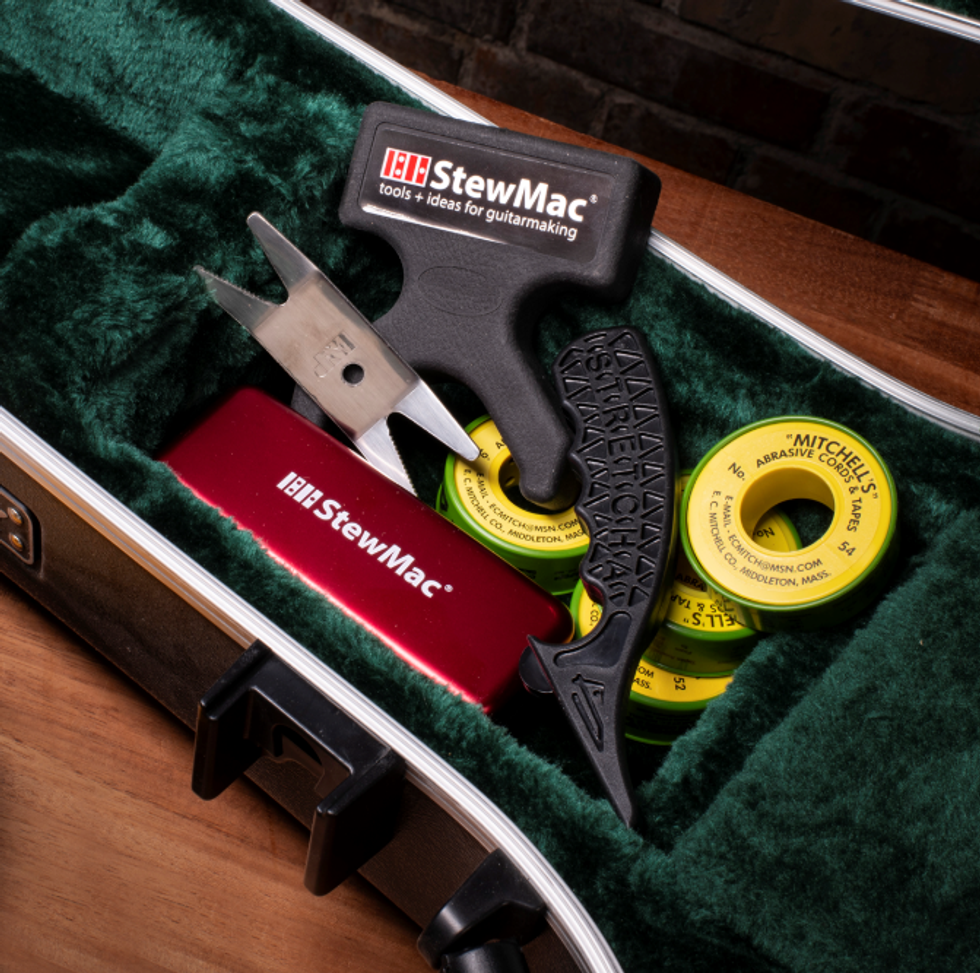 StewMac
StewMac